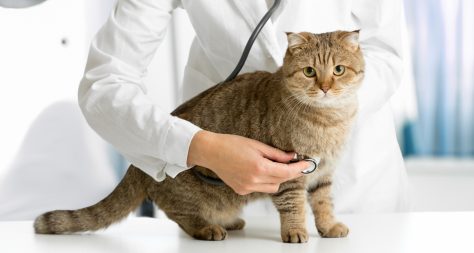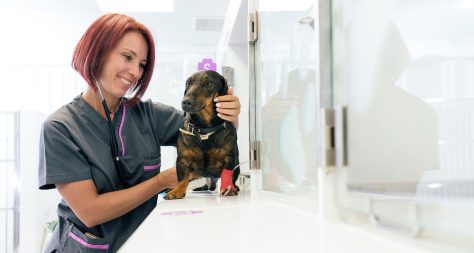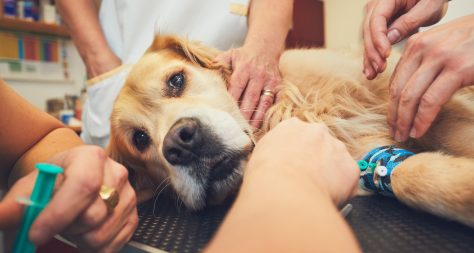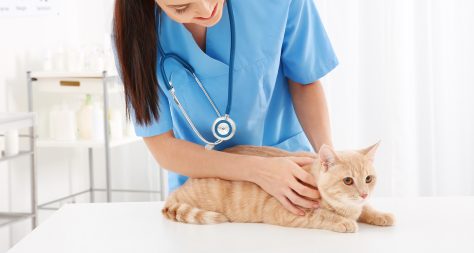Approach to Dyspnoea – Clinical Gym
£40.00 (inc. VAT)
What is the aim of this course?
The aim of this course is to provide the learner with the skills to:
- Perform an initial assessment, manage and stabilise dyspnoeic cases when they first present at the practice
- Create a differential diagnoses list
- Recognise different respiratory patterns and use this information to narrow the differentials
- Use diagnostic imaging to help diagnose the cause of dyspnoea
Intended learning outcomes
By the end of this workout, you should be able to manage and stabilise dyspnoeic cases when they present in practice and know how to perform a clinical assessment and work up to help diagnose the cause.
Who is the course for?
This course is for any vets working in practice and vet students who want to improve and update their knowledge and understanding of how to approach dyspnoeic dogs and cats when they present in practice.
Course structure
This workout is designed to be completed within one hour and consists of:
- A warm-up to switch on your brain by testing your current knowledge
- A main session of learning to bring you up to date with the topic under discussion
- A warm-down assessment to test and reinforce what you have learnt
Course Instructors

Paul Higgs
European Veterinary Specialist in Small Animal Internal Medicine
Paul is an RCVS recognised and EBVS® European Veterinary Specialist in Small Animal Internal Medicine. He graduated from the University of Cambridge in 2006 and spent the first four years of his career in a first opinion practice in Somerset. Prior to his current role, Paul was Clinical Director at CVS’s Highcroft Referrals Hospital in Bristol, where he still practices. He is also currently Chair of the Congress Programme Committee at the British Small Animal Veterinary Association.
Paul is now the Chief Veterinary Officer for CVS Group. In this role he is responsible the direction of clinical quality improvement work across all species to provide the best level of care to animals. He also acts as the clinical lead on responses to national and individual patient issues, with additional external relations responsibilities.
Amongst other areas of interest, Paul is keen to understand the impact of human factors in the veterinary profession; the impact it can have on our daily lives, the care of patients and staff welfare. He is a passionate believer that a collaborative approach to all areas of the veterinary profession will improve and strengthen what can be achieved and that all members of the team play an important part.




